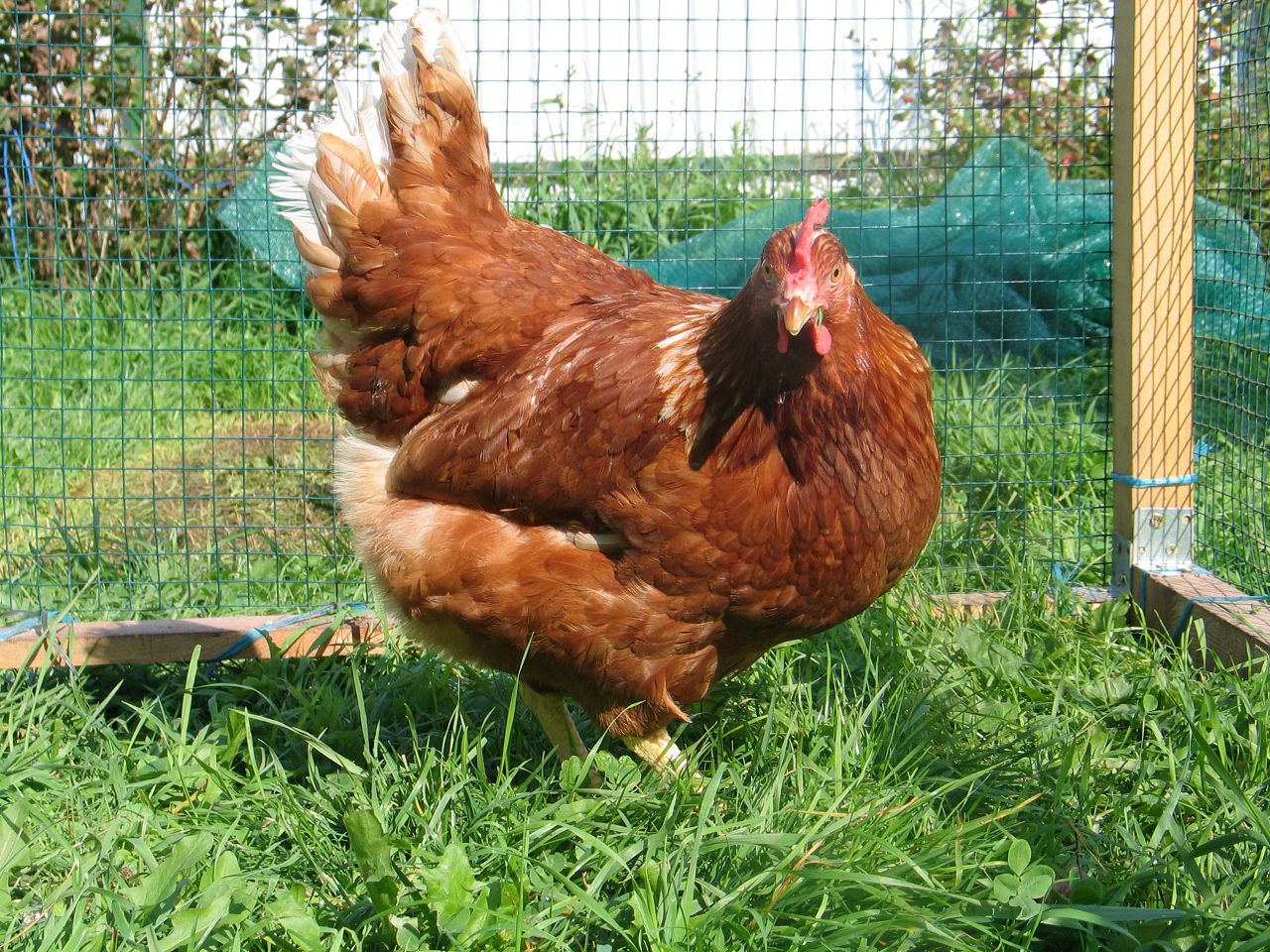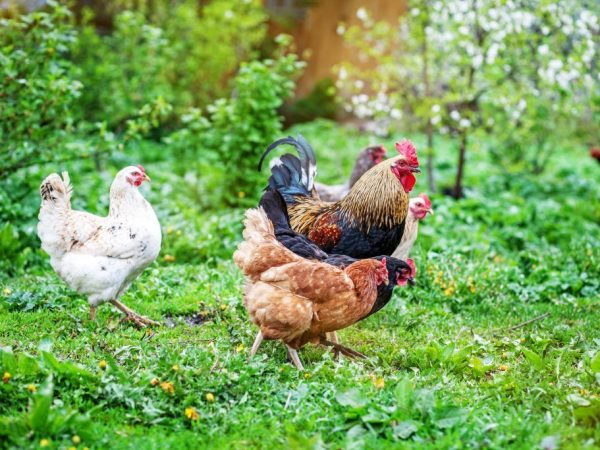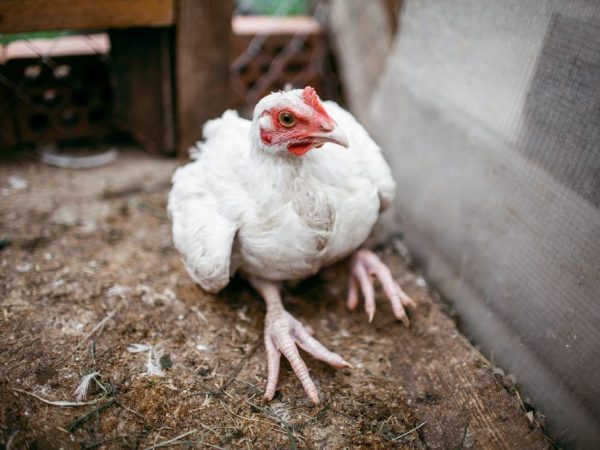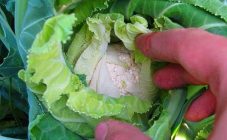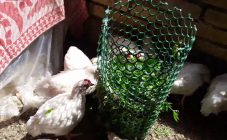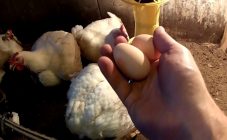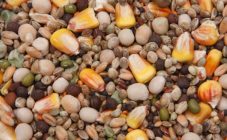Content:
The colored broiler is one of the most popular poultry varieties. It is a meat-and-meat chicken that is distinguished by its particularly fast growth rates. At an early age, chicks can gain 50-60 grams in just one day. Outwardly, these birds can be recognized by the following characteristic:
- wide and strong chest;
- elongated body compared to other breeds;
- strong skeleton (to support weight) and well-developed musculature.
Keeping broilers fully justifies itself, because in one year the chicken provides its owners with more than 30 dozen eggs. For comparison, it should be indicated that other poultry produce 16-20 dozen eggs.
The owners can not but rejoice at the meat profit from colored broilers. At 3 months, this bird already weighs 800-900 grams.
These are not the only benefits of colored broilers. They multiply them, thanks to:
- high content of white meat;
- rapid growth of chickens;
- great productivity - one chicken from March to October can raise up to 200 chicks;
- maturation of young occurs simultaneously, which allows the owner to plan their systemic reproduction and total slaughter;
- colored ones easily adapt to food and environment, therefore the survival rate of such birds is up to 96-98%.
As for the quality of poultry meat, the food of birds and the climatic breeding zone are of the greatest importance for it. The more attention broilers receive from their owner, the greater their gratitude.
Best breeds
Master Gris, or French broiler
Unlike most other breeds, this one has a gray-white plumage. Birds grow large, can gain weight up to 5-7 kg. Growing the breed does not require much effort, birds can be placed both in chicken coops and in cages.
Slaughter can be carried out as early as 2 months. During this period, an adult broiler should weigh approximately 2.5 kg. A French broiler rushes well, chickens begin to give "egg" profit at the age of 4 months. The total number of eggs from one chicken is 300 pieces. The French have a high survival rate of over 98%.
Red Broiler
The breed was bred in the UK, but most of it is now grown in France and the USA. As it becomes clear from the very name of the breed, it has a reddish color of feathers. The birds are relatively large in size, have a massive head and a strong skeleton, well-developed muscles. The red broiler chicken has good egg production. At least 160, or even 300, eggs are brought by an adult hen per year. In addition, Redbroughs are unpretentious in nutrition and living conditions. They quickly get used to the environment, resistant to many viruses and bacteria.
Broiler Sasso
The breed was bred by French breeders, in specialized thematic literature it is often called sasso xl 551. Soso chickens are distinguished by their small stature and head size, but a wide sternum and strong legs. Birds have a small beak, legs and skin are yellowish. The weight of an adult rooster can reach up to 7 kg, chicken - 4 kg. The breed is not demanding to care for and has good production.Sasso chickens are highly immune to most infectious avian diseases.
Naked Neck
In other sources - bare-necked. Representatives can be recognized by their red and bare necks. For the first time, these colored broilers began to actively breed in Hungary, Germany and Romania. Although they do not give as much meat as sasas, they are called the best household chickens. The weight of an adult rooster is up to 3.5-4 kg, chicken - 2.5-3 kg. Farmers give preference to this breed for its egg production. The eggs of such broilers are large - weighing up to 60 grams. In one year, the hen brings 150-165 eggs to its owner.
Chickens tricolor
It is difficult not to distinguish tricolor birds from other breeds of domestic chickens. These have a small head, but a strong neck. They are of short stature, their body stretches mostly horizontally. Strong legs and a skeleton characteristic of beef breeds allow the birds to confidently keep on their feet. The tricolor chicken breed has a multi-colored color, which is why it received such an interesting name. Typically, a tricolor is red, black, gray or yellow. However, the other three shades can be combined with each other. Color in adulthood weighs about 5-5.5 kg.
Chickens begin to lay at the age of 5-5.5 months. Some hosts can boast of collecting up to 300 eggs a year. The only drawback of these colored ones is their frost intolerance. It is better to keep birds at temperatures from 10 degrees Celsius.
Other interesting and valuable breeds of colored broilers are: Master Gray, Foxy Chik, Hungarian Pelican, Cornish chickens.
Growing features
Proper bird rearing requires careful care and quality, timely feeding. Both the first and the second have a direct impact on the quality of meat and the weight of broilers, so more attention should be paid to these points.
Bird care
An important condition for successful weight gain and reproduction is the absence of crowding. This is not perceived by a colored broiler, the description of the breed indicates that the optimal number of chickens per square meter of the house is 10 pieces. Colored chickens can also be kept in cages.
As for the temperature, from the first days of chickens' life, +25 ℃ is best suited. After 10 days, this indicator can be lowered to 22-23 degrees with a plus sign, after a week - again by several degrees less.
Colored broilers may have poor vision, so farmers with experience in raising chickens are advised to provide adequate lighting for the feeder.
Chicken bedding can be made from straw or sawdust.
Diseases of colored broilers can be avoided if the chicken coop is kept clean and humidity is avoided in every possible way. If even the slightest abnormalities in the development of birds were noticed (cough, underweight or, conversely, obesity, problems with legs or eyes), you should contact your veterinarian. It is unlikely that you will be able to make the correct diagnosis on your own.
Colored broiler feeding
The best food option for slaughter chickens is a commercial prepared feed. Such, as a rule, already contain all the necessary trace elements, vitamins, which are so necessary for chickens. The proportion, the number of calories in them have already been calculated, so the owner only needs to pour the required amount of food into his number of "birds".
You can also prepare a balanced dish yourself. To do this, you need to mix the following components:
- turf of oats (90-110 grams);
- turf of corn (390-410 grams);
- dart of barley (45-55 grams);
- turf of wheat (190-205 grams);
- baker's yeast (1.5-2.5 grams);
- cottage cheese (up to 150-180 grams);
- fish or bone meal (55 grams);
- sunflower cake (140-145 grams).
All these ingredients must be mixed thoroughly. You need to give out, in accordance with age, 10-30 grams per chicken.
In order for a bird's skeleton to grow stronger bistro, it needs calcium. Such a broiler can get it from chicken shells, shells, chalk.
At the age of one week, you can also give chickens: potatoes, nettles, herbs, vegetables, seeds (in small quantities), cabbage. You can also rub rap, pumpkin, beets there.
The dish can be heated slightly before serving. It is never recommended to give color broilers: rice, buckwheat or any other raw cereals.
FAQ
When to Slaughter Colored Broilers
Most often, experienced farmers recommend slaughtering colored broilers at the age of 80 days. However, such a rule is not mandatory. In order to be profitable, some entrepreneurs advise slaughtering when the poultry weight has increased to 2.5 kg.
Why broilers don't get on their feet
As a rule, at the age of 3 weeks, many colored broilers begin to have leg problems: they move a little, they stop more in place. The problem, most likely, lies in poor quality feed or non-observance of the rules of rational feeding for birds of this species. Up to 21 days, the muscle mass of the broiler develops especially intensively. The skeleton itself does not have time in development, therefore it cannot withstand such a load. The problem can be prevented if the bird's weight is measured in a timely manner. Light technology should be used if a chick at the age of 14-16 days weighs 100 grams more than its norm.
Why broilers grow poorly
Although the broiler chicken variety is characterized by rapid weight gain, sometimes owners complain that the birds grow very slowly. There may be several reasons:
- The owner did not provide the optimal temperature regime for his "wards".
- Poor nutrition, which provides a protein deficiency in the body of birds. As a result, broilers are thin but long.
- The area is too large for the breed, so the chickens walk a lot and lose weight.
With a little care and effort, each owner in just a few months will be able to fill his refrigerator with high-quality white poultry meat, eggs, and even receive a whole brood of chickens to grow next year.

